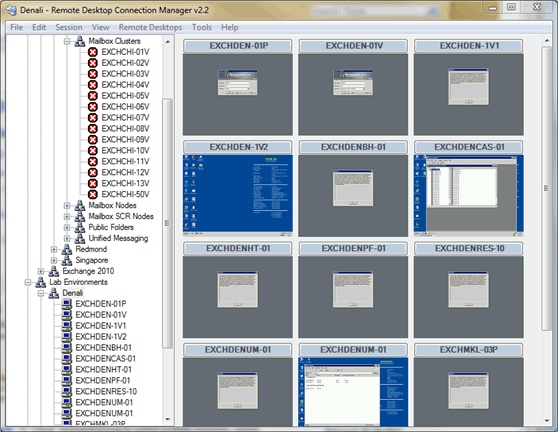

When our initial assessment determined that their employees were treating their company-owned laptop as a personal laptop anyway–like the aforementioned survey found–visionapp worked with the company to update their information access and security policies, and create an infrastructure that supported those policies. One other point: Some of our clients believe they should have made these infrastructure investments years ago. Some clients use a unified desktop that has increased their user productivity 20%. They’ve been able to save on server management costs. We had one enterprise client invest more than $10 million up front, but they saved almost $50 million in IT operations costs over the first 36 months–well beyond BYOC savings. Sometimes the BYOC model isn’t a fit, but thin clients at the work site and mobile device access on the road or at home works best.Īs with any major project, this can require a significant up-front investment, but we’ve seen that the return on that investment can be recaptured quickly. Sometimes the end users can be most productive on web-based portals other times, a desktop approach works best. Sometimes clients need a mix of app virtualization, streamed apps, hypervisors, and so forth. We haven’t encountered a client who has had the exact same requirements as another client - sometimes one VDI vendor is the best for a client, sometimes another one is.

That approach has its use cases, and may be appropriate for some companies (and some end users). One of the commenters on a previous blogpost mentioned running two virtual machines on the laptop - one personal, and one corporate. Contractors and third-party partners can bring their own laptop to the company, and those workers have access to all the appropriate resources, but none of the company-proprietary resources. In those cases, the end users don’t have to keep any applications or files on their laptop - they can stop in the middle of a task on their thin-client at work, drive home, and pick up where they left off on their home computer. Those customers who redesigned their infrastructure made it possible for just about everyone to do all their work on a central network. Visionapp has assisted our clients to implement the BYOC model in various stages and variations. In these cases, creating policies and changing infrastructure to support the BYOC model would go a long way toward protecting company data and address these issues today. The takeaway? If IT departments think their current model is protecting company information and adequately addressing privacy issues, chances are that they’re wrong.
Visionapp remote desktop security portable#
About half access personal web-based e-mail accounts three-quarters copy information onto portable storage devices to work on at home more than half installed their own software onto their company-owned machine–just like they would in a BYOC model. Secondly, they took a look at their infrastructure, and in some cases, completely redesigned it.Ī note on corporate policies for company-owned computers: A 2009 survey uncovered that most people simply don’t follow their corporate security policies.HR, legal, and management sat down and banged out an information policy that addressed the legal, privacy, and e-discovery issues. They took on these potential “cons” in the company policy.Those companies who have been successful implementing BYOC programs took two important steps: Non-standard hardware: either end user or IT staff must be responsible for fixing problems.Conflict between company discovery and individual privacy.Lower costs (PC inventory, help desk, purchasing).So if you’ve read the first four parts of the BYOC discussion (i.e., the last four blogposts), you know that there are some pros and cons of a company paying for an employee to buy their own computer - which belongs to the individual, not to the company.


 0 kommentar(er)
0 kommentar(er)
